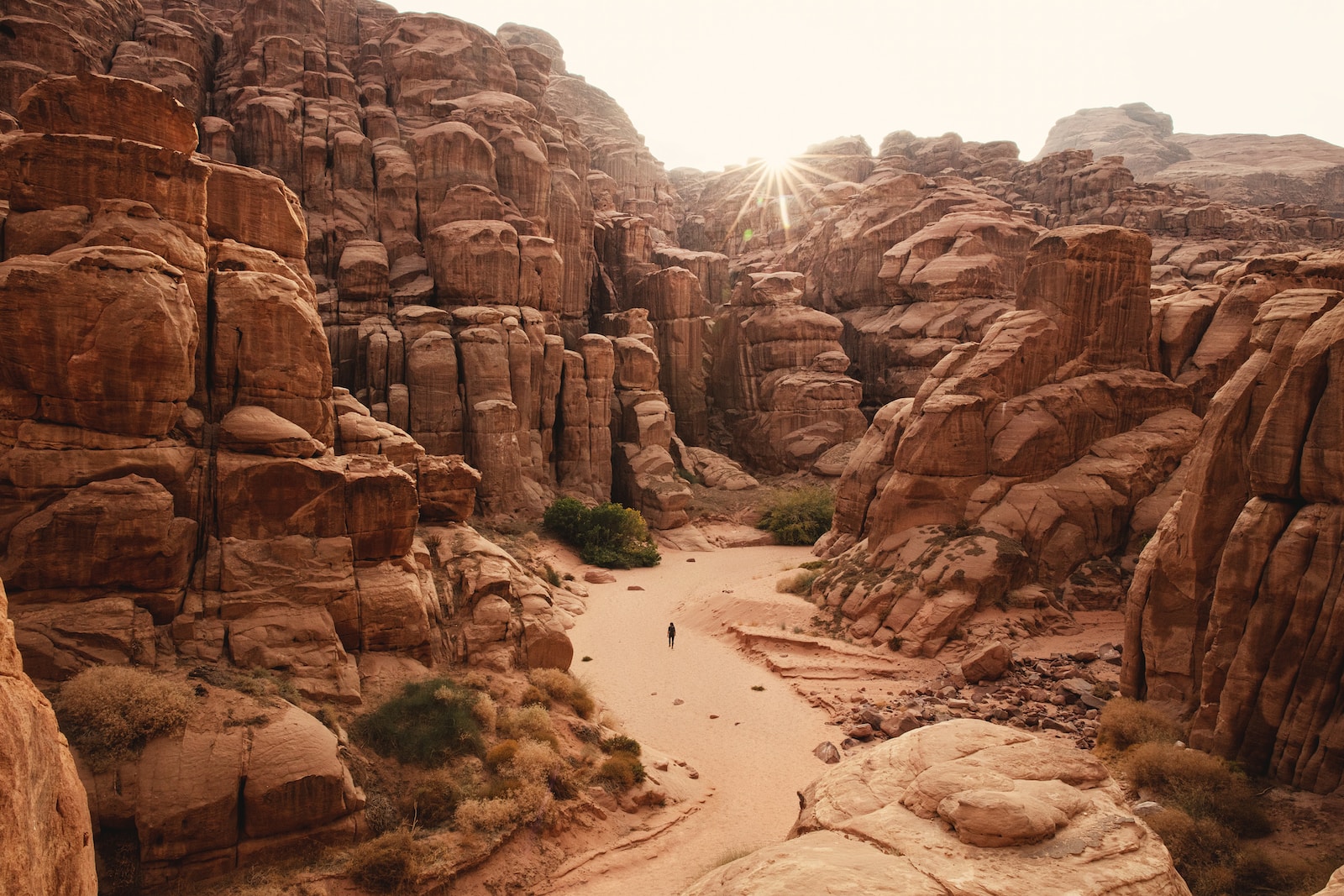Greetings, fellow history enthusiasts and fellow time-travelers in our mind’s eye! I’m Zora Hood, your trusty companion in the world of historical travels, and today, we’re delving deep into the annals of history to explore the enigmatic and fascinating cities of the Indus Valley. If you’ve ever wondered what life was like in ancient times, grab your virtual archaeologist’s hat, because we’re about to embark on a captivating journey through the “Forgotten Cities” of the Indus Valley.
Picture yourself in a time machine, set the dial back to around 2500 BCE, and let’s go exploring! Fasten your seatbelts – if we had any – and let’s dive right into the mysteries of this ancient civilization.
Mohenjo-Daro: The Mound of the Dead
Our first stop on this historical journey is Mohenjo-Daro, which translates to the “Mound of the Dead.” Catchy name, isn’t it? This ancient city is one of the best-known sites of the Indus Valley Civilization.
As you wander through the dusty streets of this abandoned city, you’ll be transported back in time. Imagine traders haggling over prices in the marketplace, children playing in the streets, and a well-organized urban center. The architecture here is awe-inspiring, showcasing the advanced construction techniques of its time.
And here’s the kicker: there’s no definitive evidence of a royal palace or an overtly dominant ruling class. It seems that the Indus Valley Civilization was a bit more egalitarian than other contemporary civilizations, which adds to its mystique.
Harappa: The First to Be Discovered
Harappa is often referred to as the twin city of Mohenjo-Daro, and it was the first site to be excavated, way back in the early 20th century. This makes it a sort of trendsetter for archaeological digs, you know, the original hipster of the Indus Valley.
One of the remarkable features of Harappa is its grid-based street layout, which was centuries ahead of its time. It’s almost like the Indus people had a crystal ball and could foresee urban planning trends of the 21st century.
Dholavira: The Desert Gem
Now, let’s hop into our time machine and shift over to the easternmost outpost of the Indus Valley Civilization – Dholavira. This remote city, located in the Rann of Kutch, was a testament to human ingenuity. Picture this: a massive reservoir system, an ingenious water management system, and a citadel built on a massive platform. Dholavira was clearly the star of sustainability in its time.
But the real kicker here is the mysterious Indus script, the writing system of the Indus people. Although we haven’t fully cracked it yet, Dholavira’s inscriptions have given us some tantalizing clues. It’s like trying to solve an ancient crossword puzzle, and the clues are scattered across the ages.
Lothal: The Port of the Past
Now, let’s set our time machine to cruise along the banks of the Sabarmati River to Lothal. This wasn’t your average sleepy, riverside town. Lothal was a thriving port city in the Indus Valley. It boasted a dockyard that could handle large ships, so it’s safe to say that the people of Lothal were no strangers to international trade.
The dockyard itself is a marvel of engineering, with its berthing platforms, a navigational channel, and tidal gates. Lothal was the gateway for goods going in and out of the Indus Valley, making it a hub of cultural exchange. Picture this: Mesopotamian seals, Persian Gulf pottery, and other exotic treasures making their way to this bustling port.
Kalibangan: The Black Bangle
No, Kalibangan isn’t the name of a rock band; it’s another remarkable city of the Indus Valley. The name “Kalibangan” translates to “Black Bangle” in Hindi, and this city is truly a gem of archaeological finds. Among the discoveries are a plethora of ancient bangles, which give the city its name.
What’s unique about Kalibangan is its layout – a citadel on the western side and a lower town on the eastern side. As we explore this city, it’s almost like wandering through the lives of its ancient inhabitants. The city’s defense walls are another standout feature, showing that the people of Kalibangan weren’t taking any chances when it came to security.
Rakhigarhi: The Unsung Hero
Rakhigarhi, the new kid on the block, is currently one of the most extensive and least explored sites of the Indus Valley Civilization. This city, located in the Indian state of Haryana, is an unsung hero in the world of archaeology. It’s like the hidden treasure chest of the Indus Valley.
As excavation work continues, Rakhigarhi is revealing more and more about the daily lives of its inhabitants. Pottery, figurines, and seals with Indus script inscriptions are surfacing, giving us a wealth of new information.
What sets Rakhigarhi apart is its potential for rewriting the history of the Indus Valley Civilization. It could be the Rosetta Stone that finally unlocks the secrets of the Indus script.
Conclusion: Unearthed Wonders of the Indus Valley
As our time machine gently touches down in the present, it’s clear that the Indus Valley Civilization is a treasure trove of historical wonders waiting to be discovered. Mohenjo-Daro, Harappa, Dholavira, Lothal, Kalibangan, and Rakhigarhi each offer a unique glimpse into the lives of ancient people who built some of the most advanced cities of their time.
The forgotten cities of the Indus Valley are like chapters of an epic story that’s still being written. They challenge us to unravel the mysteries of their existence, decode their inscriptions, and piece together the lives of people who thrived thousands of years ago.
So, dear time-travelers, the next time you think about your travels, remember that some of the most captivating journeys can take place right in the comfort of your imagination, as you explore the “Forgotten Cities of the Indus Valley.” Until next time, keep exploring the past, one archaeological discovery at a time!
